Hair Growth and Strengthing
Thick tails
Ashwagandha is one of the natural solutions which can work both inside and out. It is an adaptogenic herb that is known for its anti-inflammatory and antioxidant properties, which are beneficial for improving skin and hair health. KSM-66 Ashwagandha is clinically proven for both topical application and oral administration to reduce signs of skin aging like wrinkles and fine lines, and also helps improve skin hydration and elasticity. It is also used in hair care products to strengthen hair and reduce hair loss.

Help improve skin hydration and enhance skin texture

Help reduce hyperpigmentation and boost collagen production
Help improve hair density and reduce hair fall
Help nourish the scalp and reduce scalp irritation
Title: A Study of Efficacy and Safety of Ashwagandha (Withania somnifera) Lotion on Facial Skin in Photoaged Healthy Adults.
Conclusion: The study demonstrated significant improvements with a standardized ashwagandha root extract lotion on skin health. Applied topically the lotion notably enhanced skin hydration, elasticity, and reduced signs of aging such as wrinkles and pigmentation. This study highlights ashwagandha's potential as a valuable component in skincare products for photo-aged facial skin.
Narra, K., et al., (2023). Cureus, 15(3), e36168.Title: Effects of Withania somnifera root extract serum application on hair health in healthy adults: A prospective, double-blind, randomized, parallel, placebo-controlled study.
Conclusion: The study demonstrated significant improvements in hair health with the topical application of hair serum containing standardized ashwagandha root extract There was reduced hair loss and improvements in hair density, thickness, and growth. The study also recorded positive changes in emotional and functional scores related to hair health, highlighting ashwagandha's benefits for maintaining healthy hair.
Yerram, C., et al., (2023). Journal of Ayurveda and integrative medicine, 14(6), 100817.Title: A Prospective, Randomized, Double-Blind, Placebo-Controlled Clinical Study of Efficacy and Safety of Ashwagandha Root Extract Capsule on Skin and Hair Health in Healthy Adults.
Conclusion: The study demonstrated significant improvement in skin and hair health with the oral administration of KSM-66 Ashwagandha (600 mg/day). There was a significant improvement in skin hydration, quality of life, hair density and hair growth. The study provides evidence supporting the systemic benefits of ashwagandha for both skin and hair health.
(Under Peer Review)
Title: In-Vitro Skin Sensitization Study of KSM-66 Ashwagandha root extract by Human Cell LineActivation Test (h-CLAT) Assay on THP-1 cells.
Conclusion: The study demonstrated no significant increase in CD86 or CD54 expression, indicating that KSM-66 Ashwagandha root extract does not show any signs of skin irritation and sensitization and it can be concluded that the product is a non-sensitizer.
(Under Peer Review)
Title: Determination of Ocular Irritation of KSM-66 Ashwagandha root extract Using HET-CAM Method.
Conclusion: In this study KSM-66 Ashwagandha root extract showed no ocular irritation effects in the HET-CAM assay, with scores equivalent to the negative control. This confirms that the extract is non-irritant to the eyes, ensuring its safety for use in ocular or near-eye products.
(Under Peer Review)
Title: In-Vitro Skin Irritation of KSM-66 Ashwagandha root extract Powder using EPISKIN.
Conclusion: The study demonstrated that KSM-66 Ashwagandha root extract does not irritate the skin, maintaining high cell viability across all tested concentrations using the EPISKIN model. Consequently, it is considered to be safe for skin contact as it does not trigger irritation.
(Under Peer Review)
Title: In-Vitro Phototoxicity Study of KSM-66 Ashwagandha root extract by Neutral Red Uptake (NRU) Assay on 3T3 cells.
Conclusion: This study showed that KSM-66 Ashwagandha root extract does not exhibit any significant phototoxic effects on 3T3 cells. Therefore, it was concluded to be non-cytotoxic and non-phototoxic at the concentrations tested.
(Under Peer Review)
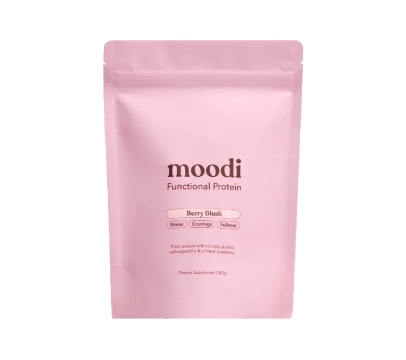
Berry blush
Moodi
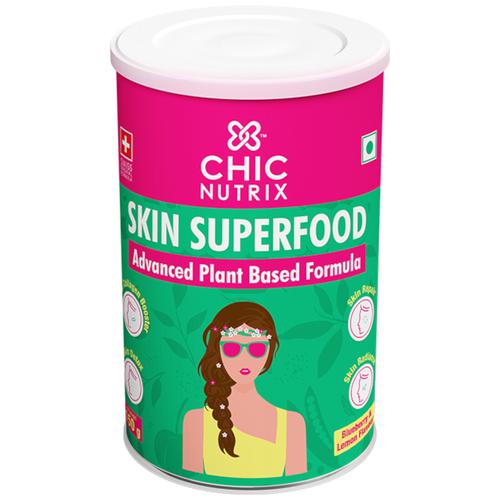
Chic Nutrix
Blueberry Lemon Flavor
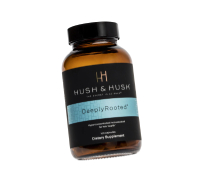
Hush and Hush
DeeplyRooted Hair Growth Supplement

Moon Juice
SuperHair Daily Hair Growth Supplement
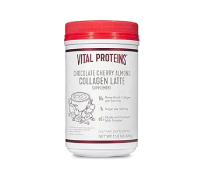
Vital Proteins
Collagen Peptides Chocolate Supplement

Vital Proteins
Hair Boost Collagen Supplement

Seaweed Blend
Seaweed Blend Superfood Supplement
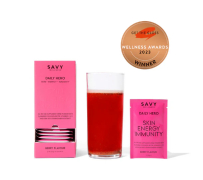
Savy Wellness
Premium Wellness Supplement
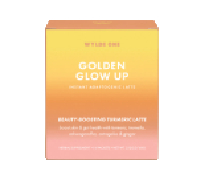
Wylde One
Golden Glow Up Skin Supplement
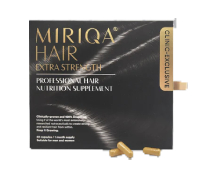
Miriqa
Extra Strength Hair Supplement

Fulgent Wellness
Premium Glutathione Plus Supplement
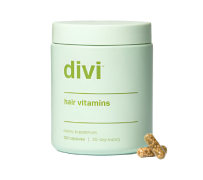
Divi Official
Hair Vitamins for Growth and Strength
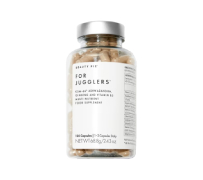
Beauty Pie
For Jugglers Daily Supplement

Sunday Naturals
Beauty All-In-One Capsules
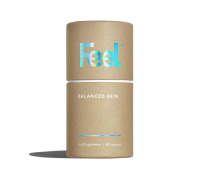
Balanced Skin
Balanced Skin Supplement